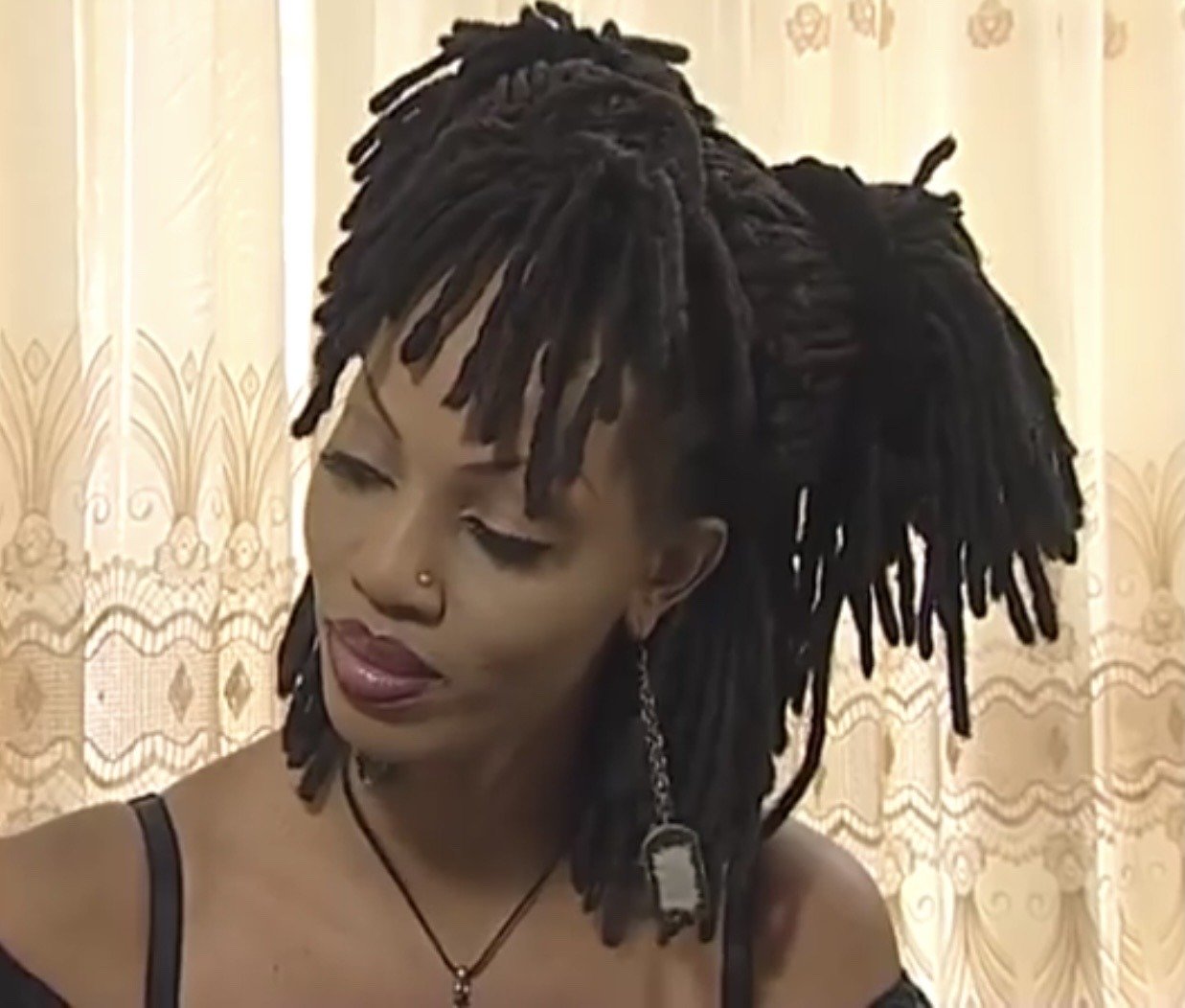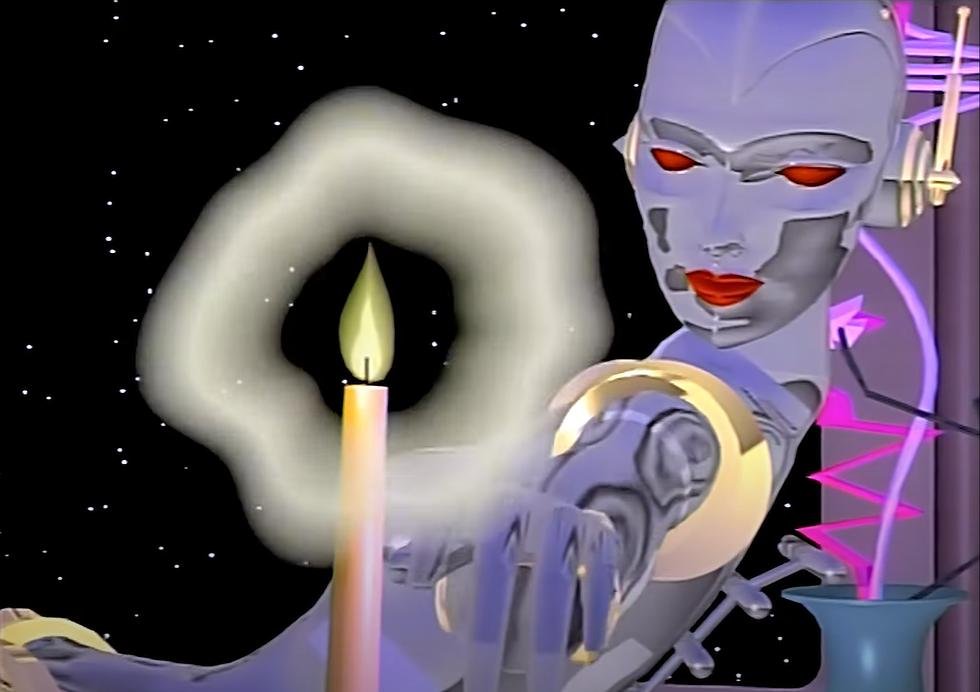Nollywood: An Unexpected Cultural Phenomenon
Whether we have paid conscious attention to it or not, Nollywood cinema and its influence on popular culture in the current digital age has been a long-in-the-works phenomenon, which has only very recently received its global due diligence.
As a South African who grew up with Dstv, it does not take much for me to place Nollywood cinema as one of the most prominent memories of my childhood. Whether it was stumbling across the, almost four-hour long classic, Beyonce and Rihanna, or whether I had found myself sitting in a salon chair, having my hair tugged into a protective style, whilst the small tv screen in the corner displayed one of a large selection of Nollywood films, the culture of Nollywood has been ingrained into my life for as long as I can remember.
Image by: Mad News UK
However, beyond my small recollection of memories associated with Nollywood cinema, Nollywood as a concept has had and continues to have, greater cultural significance than many of us could have imagined in our youth. With the stronghold that the West and Hollywood influences have had on global pop culture, the fact that Nollywood has managed to emerge as it has in pop culture conversations is a feat on its own.
To better understand the phenomenon that Nollywood has become, we must begin with its origins. Although it is said that Nollywood films have been in production from as far back as the 1960s, it is only in the 1990s that the cinematic industry is said to have come to full fruition. Its cultural explosion is credited with having been prompted by Kenneth Nnebue and Okechukwu Ogunjiofor’s 1992/93 two-part drama/thriller, Living in Bondage (From Nollywood to New Nollywood: the story of Nigeria's runaway success (theconversation.com).
(Living in Bondage) Image from: IMDB
Although this film might have set the precedent for the rise of Nollywood, it by no means forced the industry into a thematic pigeonhole. Though there are undoubtedly more films that have ascribed to the thriller/drama genre in the industry, there are still a wide, unique array of genres and stories to be found within this cinematic schema, all of which are tackled in various languages that cater to different sorts of Nigerian audiences, including Hausa, Yoruba, Igbo and English.
One of the many reasons why the industry has maintained its popularity, comes in, what i believe to be, its counter-Hollywoodness. Although there is no doubt that there are some Western influences, just take the previously mentioned Beyonce and Rihanna film as an example, Nollywood still retains its Nigerian authenticity.
Apart from some modern influences, Nollywood cinema enjoyers can expect to witness a cinematic styling that draws a lot from culture, traditional values and lifestyles, national histories, and societal structures that are characteristic of Nigerian life. Nollywood’s rootedness in Nigerian culture seems to be a part of the reason why Nigerians that form a part of the Nigerian diaspora seem to still remain connected to Nigerian culture. Old research that has continued to be backed up by follow-up interviews, has revealed that members of the Nigerian diaspora tend to spend a large amount of their free time viewing Nigerian video-films with other Nigerians (Why Nigerians living abroad love to watch Nollywood movies (theconversation.com) ).
Another part of the reason why I believe that Nollywood has managed to become the phenomenon that it is today, comes in the sheer amount of content produced by the industry. Not only is Nollywood credited as the first economically self-sustainable film industry in Africa, it is also considered to be the biggest film industry on the African continent (From Nollywood to New Nollywood: the story of Nigeria's runaway success (theconversation.com)).
Finally however, we cannot forget to credit social media culture for retaining the most culturally influential aspects of the Nollywood industry, and in many ways, influencing its resurgence. With the immense popularity of Tiktok, and the relative ease of virality, in recent years, soundbites from various Nollywood films have gained extreme popularity, amassing tens of thousands of videos under their sounds. Anyone who is tapped into internet culture might be familiar with the “why are you running?” sound, which is derived from the 2014 Nigerian film, Pretty Little Liars 1. This particular film has birthed even more popular sounds that have reached virality on the platform.
Though, arguably the most iconic sound to emerge from the Nollywood renaissance, not because of its viral reach, but because of its multi-layered influence, is the “get out of this place, you stink with poverty” clip from the 2006 Girls Cot. Not only did the sound itself gain popularity, but the style exhibited in the film seemingly played a big role in influencing the resurgence of the Nollybabe aesthetic.
In today’s pop culture, the Nollybabe aesthetic, as drawing from the stylings of Nollywood female actresses of the 1990s and early 2000s, sees an emphasis on a sometimes-overlined dark lipstick shade, or glossy lip, mini skirts, thin eyebrows, microbraids and some even more complex braiding and wig styles, and sometimes the feature of furs
(Nollybabes) Image from: Pinterest
One can look no further than Thelma O’khaz, who is often credited as the original Nollywood ‘cool girl’, for Nollybabe inspiration. This style phenomenon, which has admittedly become a favourite of mine, embraces what might be seen as ‘extra’ in more classical Hollywood spaces, which is why it has played such a major role in setting itself apart from other cinematic conventions, and has cemented itself as an aesthetic from which many creatives have drawn, whether that be incorporating the style as an event theme, or using the visual aesthetic in photography or videography.
(Thelma O’Khaz) Image from: Nollybabes on Tiktok
Another manner in which the Nollywood industry sets itself apart, is in its ability to not shy away from over-the-topness. As can be witnessed in India’s Bollywood industry, Nollywood films also feature a lot of overly dramatic acting and sometimes some absurd visual effects. However, that represents a major part of the appeal of this cinema, as people do not necessarily tune in for a cleancut cinematic masterpiece, though it is not unlikely that they might find a few, but rather, people tune in for the Nollywood experience, which has managed to successfully inhabit itself within a category of its own.
That said, however, the industry seems to be plagued with lax copyright laws that don’t allow for it to reach its fullest potential. Nevertheless, with the digital age making Nollywood more accessible, its reach has taken the interest of platforms such as Netflix, who have acquired a number of Nollywood projects to be distributed on the platform over the last few years. One can only hope now, that this collaboration allows the authenticity of Nollywood productions that many have grown to love, to be retained despite the opportunity for greater global reach presented by the platform (Netflix Naija: creative freedom in Nigeria’s emerging digital space? (theconversation.com).
















It cannot be denied that South Africa has brought forth several amazing films and productions. From Tsotsi to Jerusalema, South African films have shook the big screen and have been engraved in our minds. With that being said, why is it that we are not watching South African films and movies anymore?